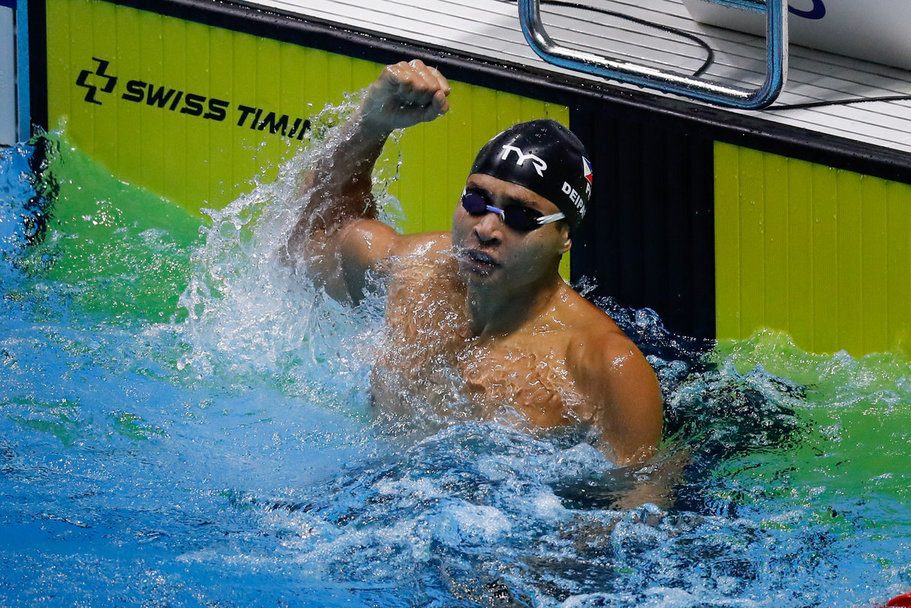SUMMARY
This is AI generated summarization, which may have errors. For context, always refer to the full article.

MANILA, Philippines – Both competitive and recreational swimmers can start jumping back into the pool in general community quarantine (GCQ), but not in the way we remember it.
The national federation Philippine Swimming Inc proposed its “Back to Swim” guidelines that puts emphasis on social distancing and the swim-and-go protocol – “jump straight into the pool, swim, and leave immediately.”
Although swimming is considered a safe activity – with the Centers for Disease Control and Prevention saying there’s “no evidence that COVID-19 can be spread to humans through the use of recreational waters” – practicing basic hygience and distancing are required.
6 feet apart
All swimmers must wear face masks before entering the facility and should wash their hands with soap and water before starting practice.
Everyone is required to bring their own water bottle and sharing of swim gear is not allowed.
There should only be a limited number of people per lane as each swimmer should stay at least 6 feet apart from others, prompting some swim clubs to schedule staggered training sessions throughout the day.
No showers
It is also prohibited to shower and change in locker rooms after practice and there will be a 10-minute grace period between training sessions, where all swimmers are expected to leave the premises and go home immediately.
In GCQ, swimmers are only allowed to train on their own without a coach, while group training will only resume in modified general community quarantine (MGCQ) with limited members per session. (EXPLAINER: When can sports resume amid coronavirus pandemic?)
Chlorine monitoring
Each team will also have a COVID-19 liaison, who will be in charge of monitoring the swimmers in the venue, making sure that they are following the IATF and social distancing guidelines.
As for mitigating hazards in the venue, each club should monitor chlorine levels and water chemistry 5 times a day, while disinfecting common areas, the pool deck, windows and surface areas.
For indoor pools, it is recommended to turn on all fans and open all windows for maximum ventilation in the venue. – Rappler.com
Add a comment
How does this make you feel?
There are no comments yet. Add your comment to start the conversation.